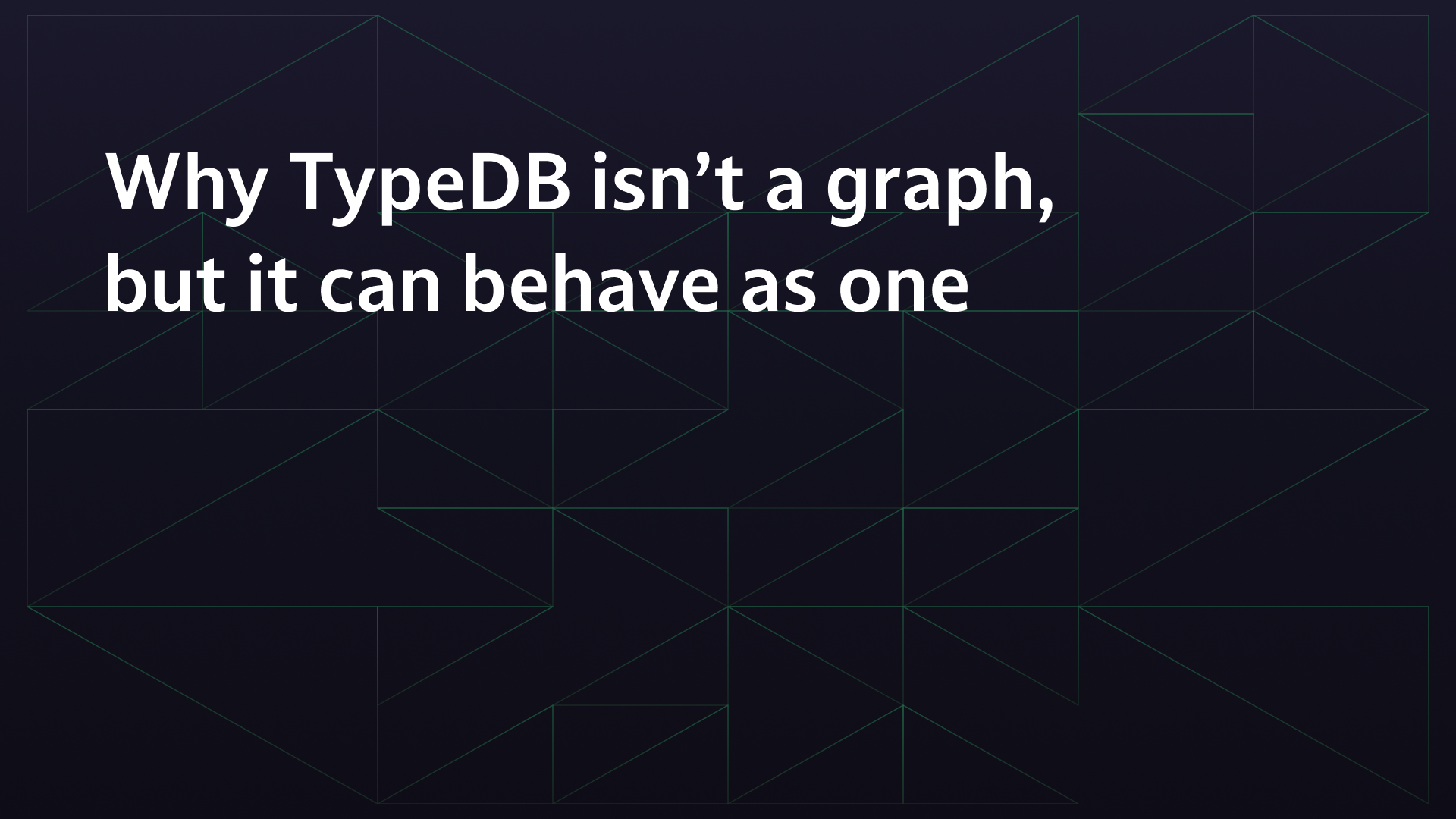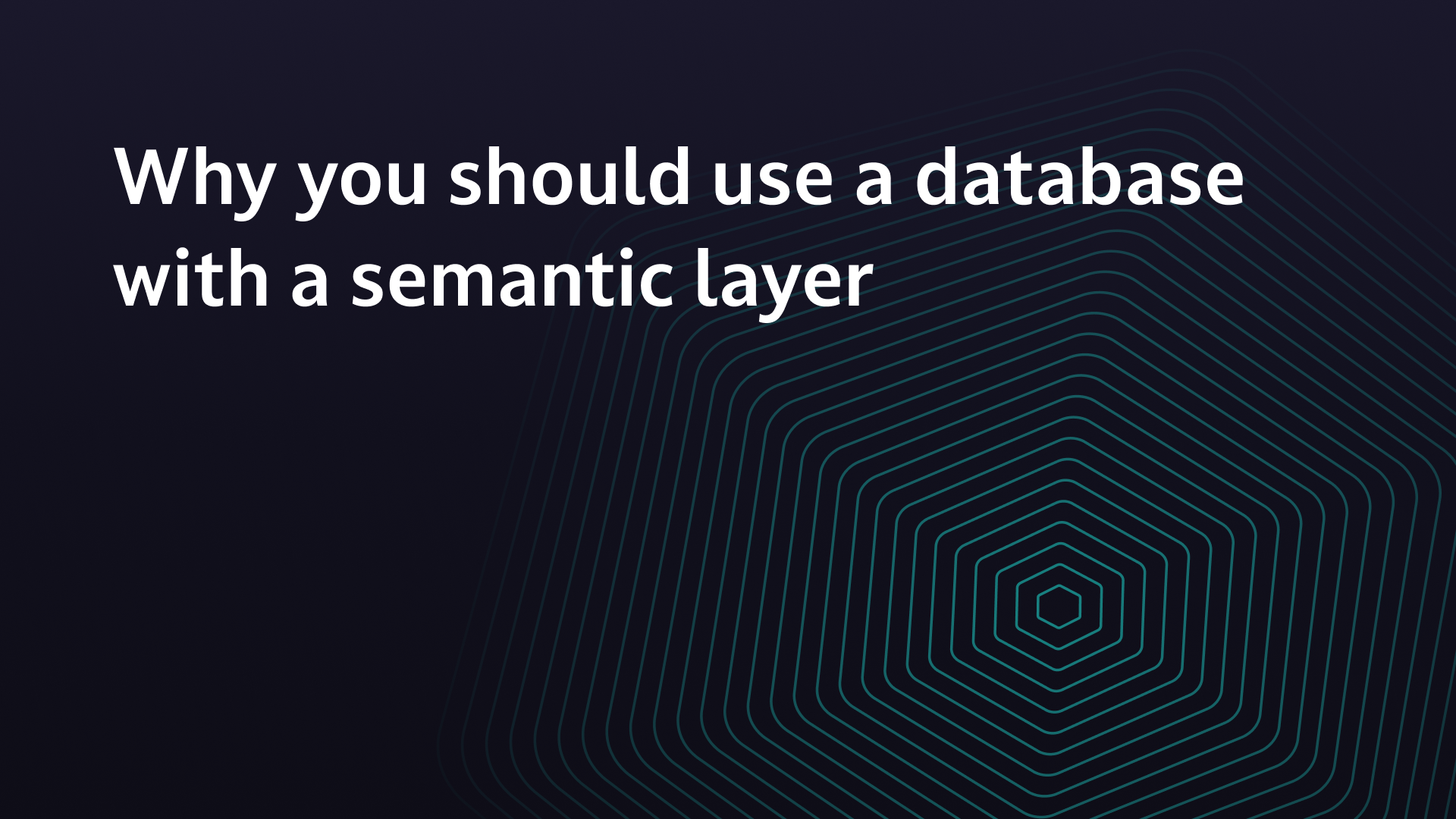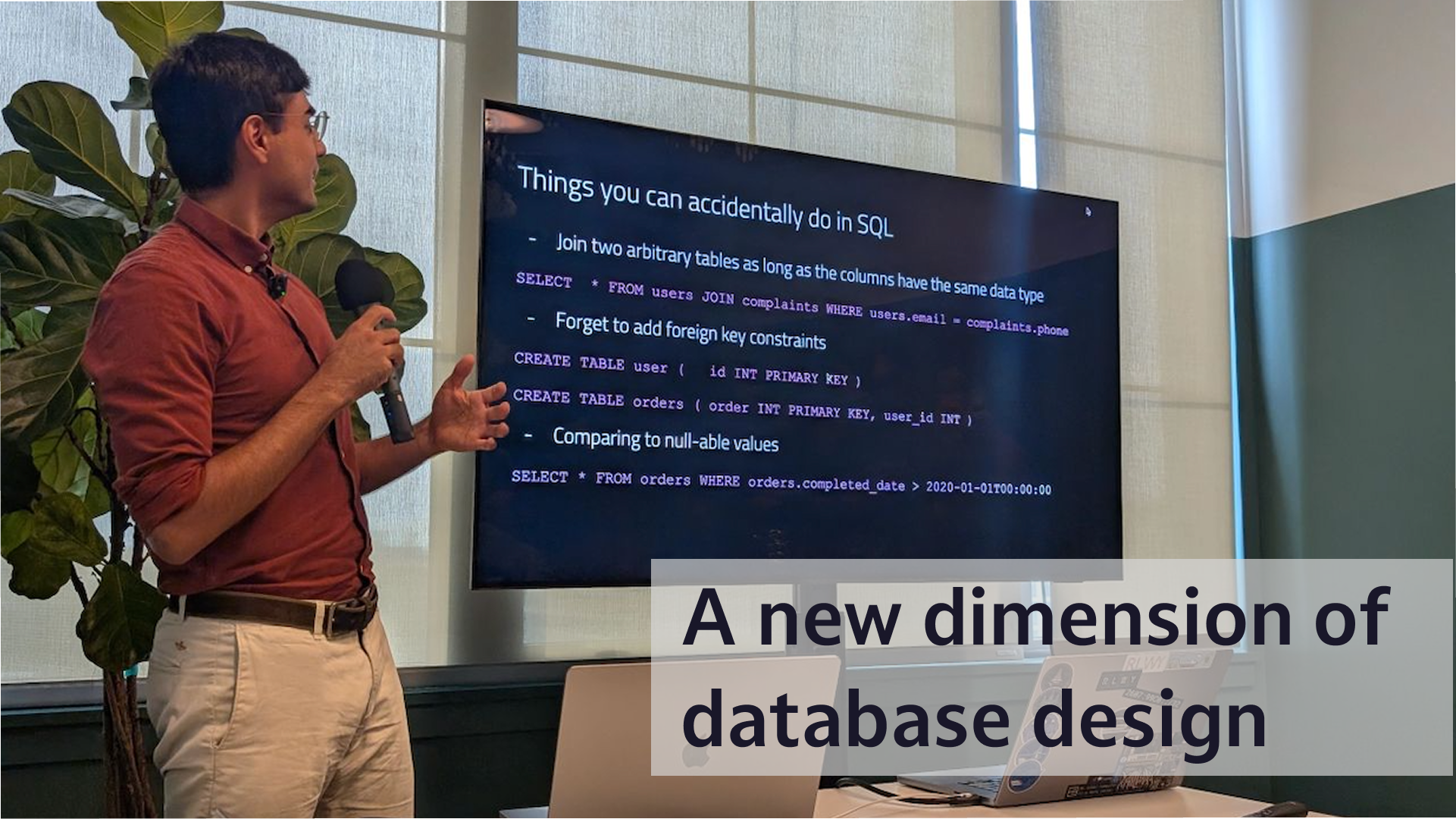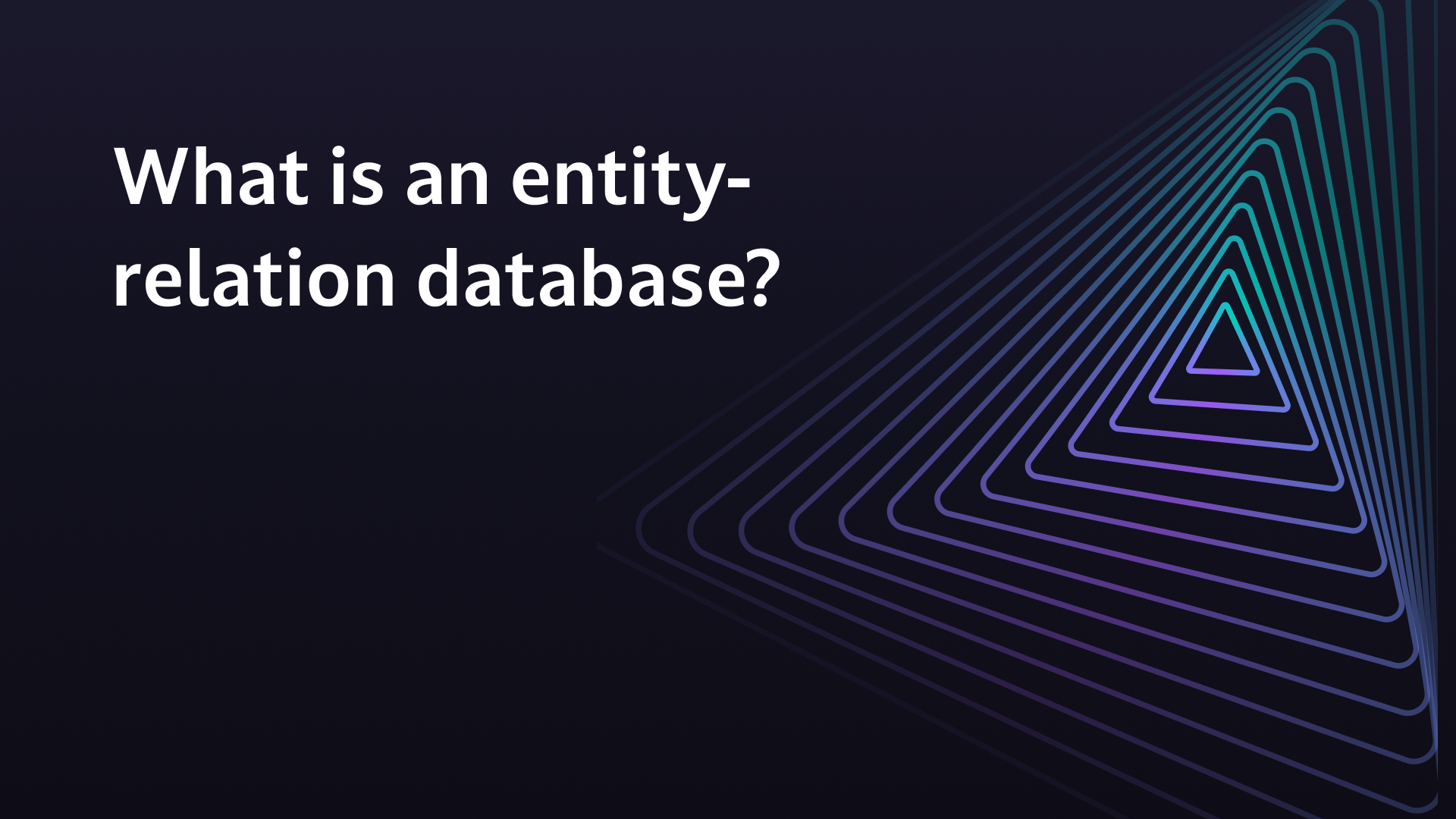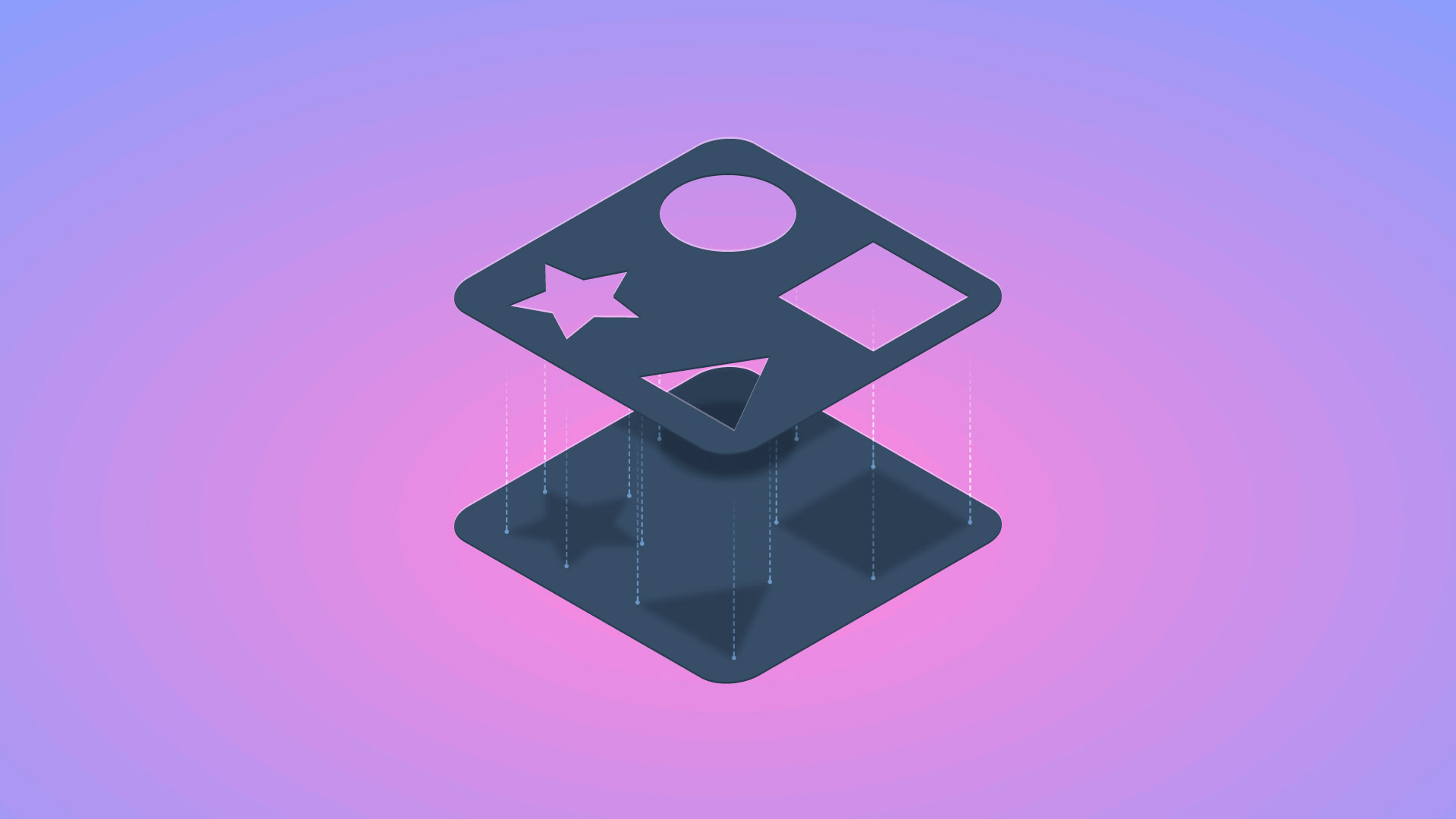The need for subtyping and polymorphism in databases
In this article, we’ll explain how a new revolution in databases overcomes the limitations of relational, document and graph databases by using subtyping and polymorphism — core object-oriented (OO) programming principles — to create higher abstractions and achieve greater expressivity.
